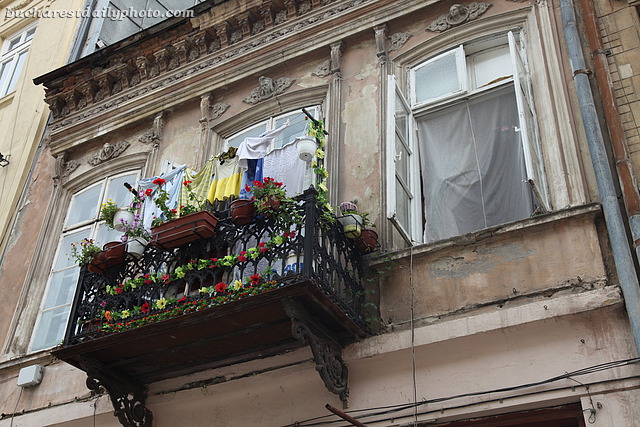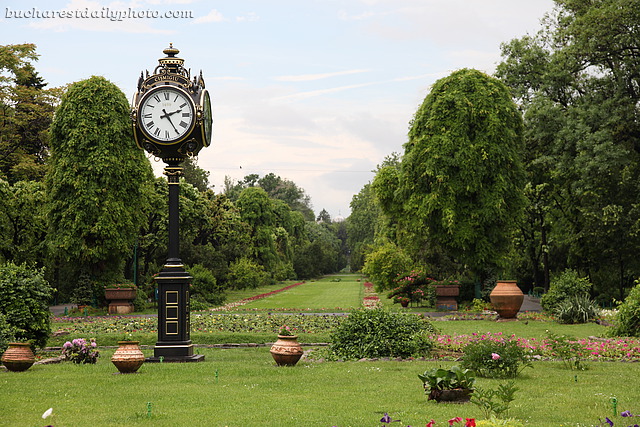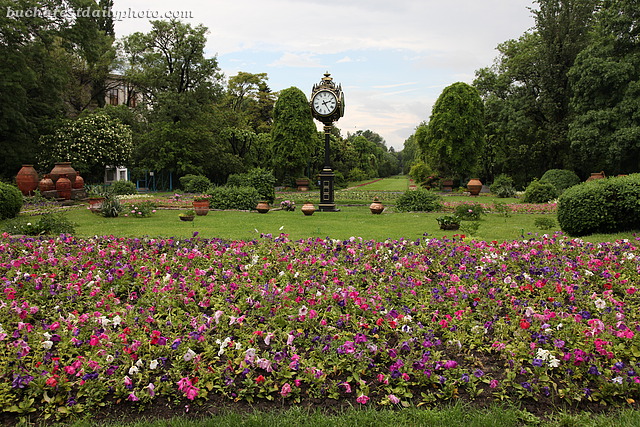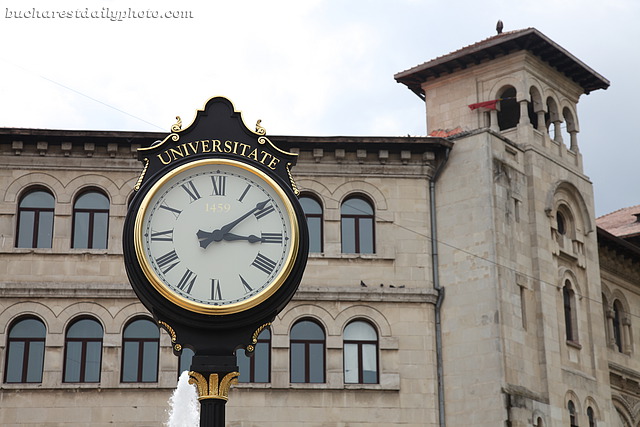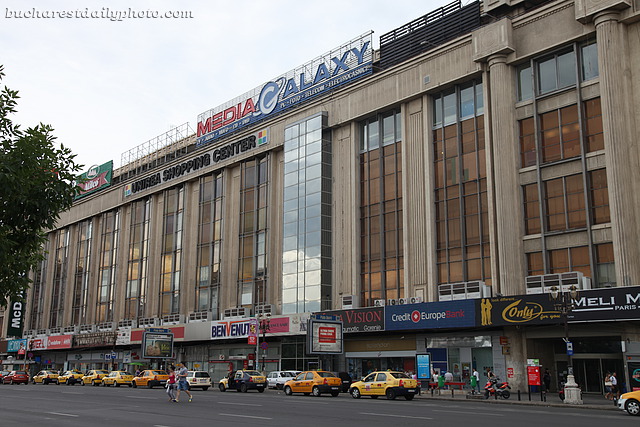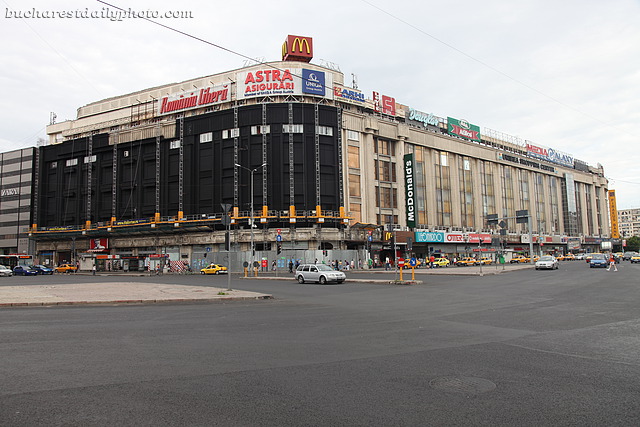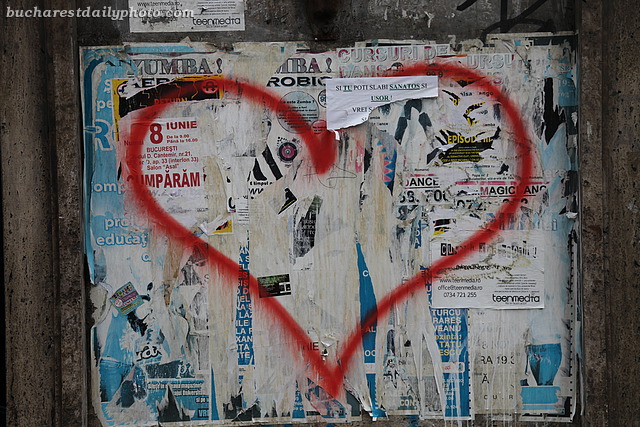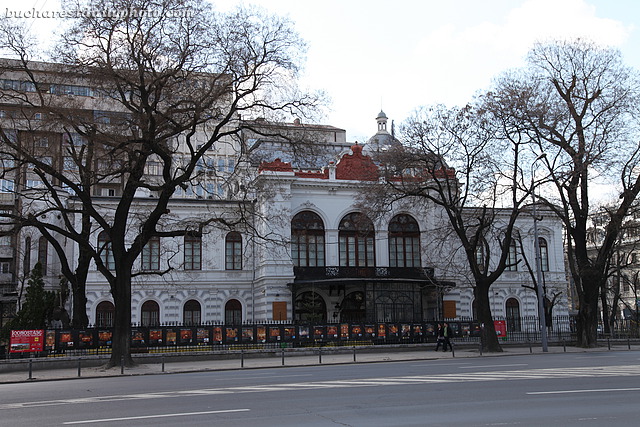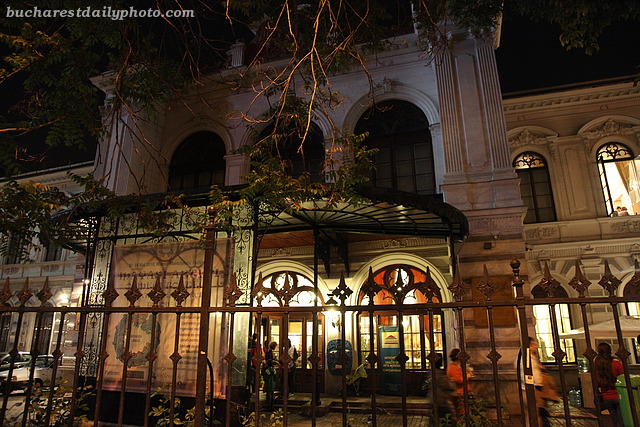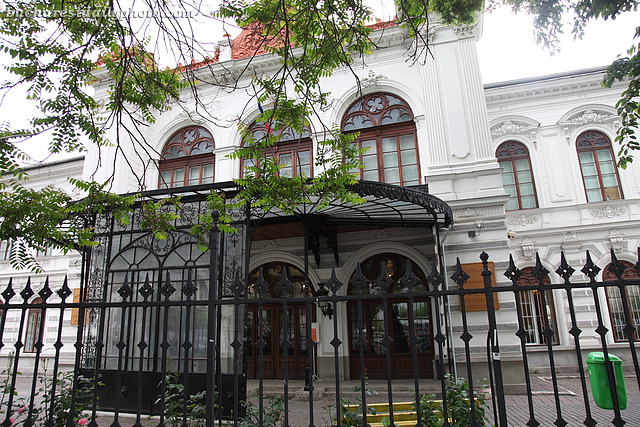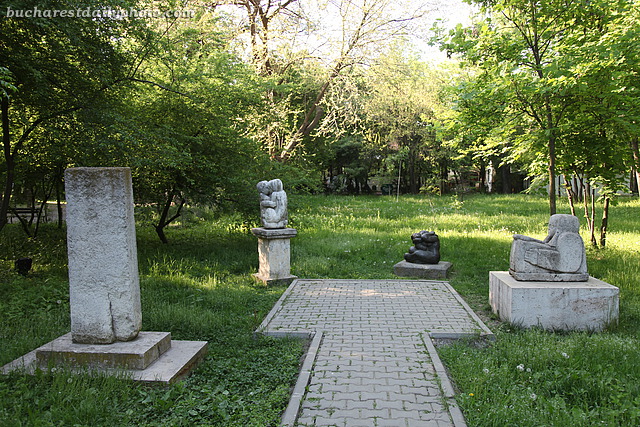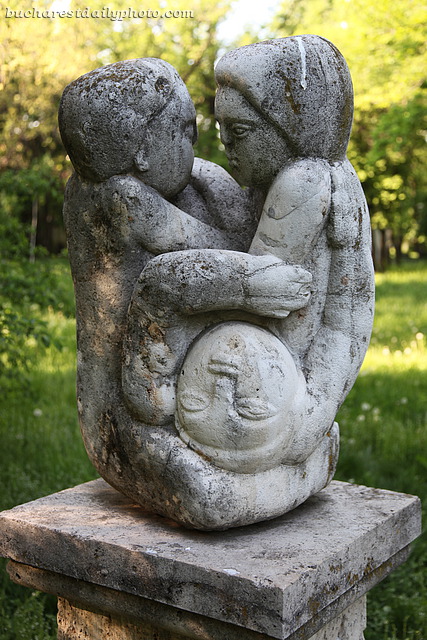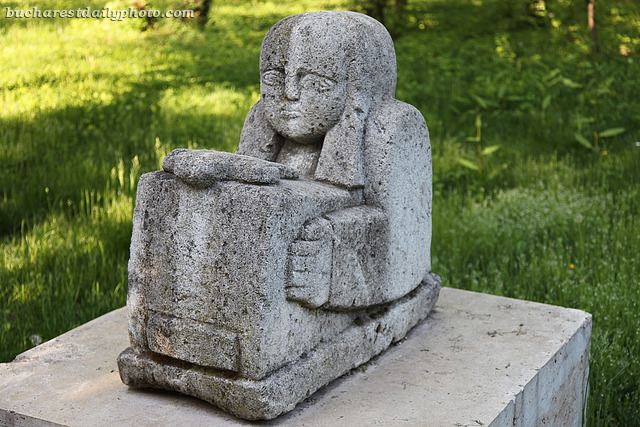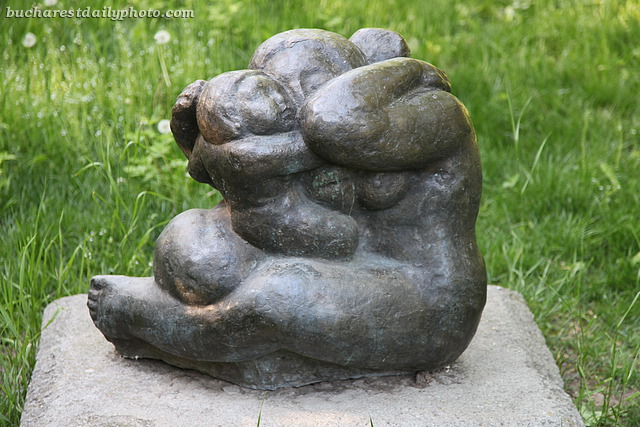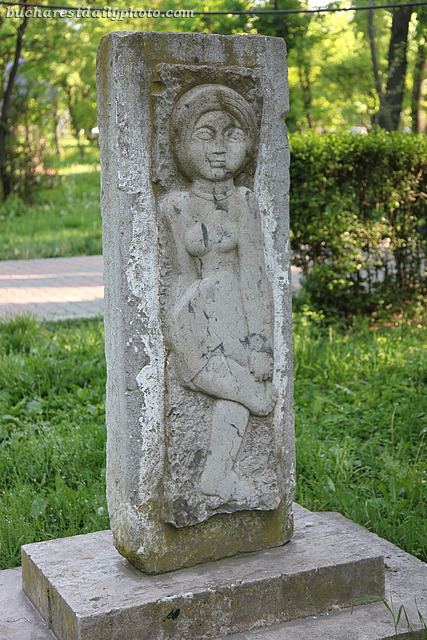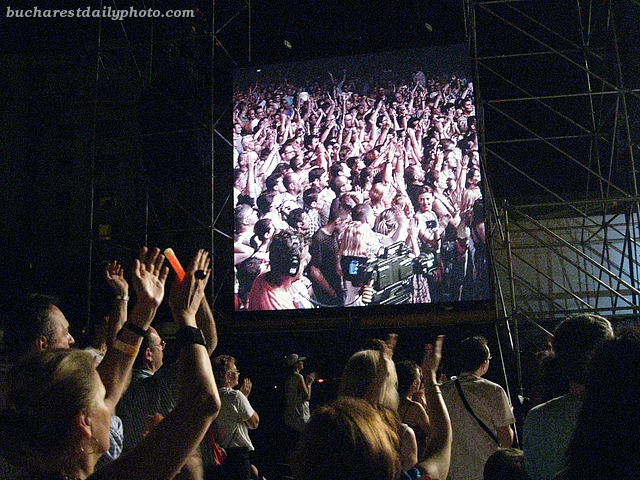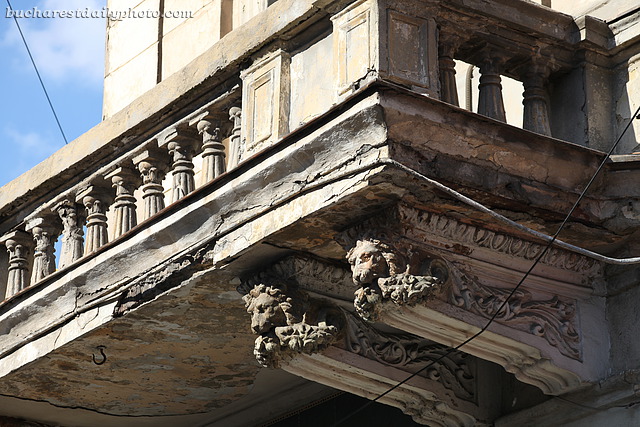Today’s photograph shows the balcony of an old house (circa 1860s) on Franceză Street, in Bucharest’s Old Town. The house is in a bad shape, with crumbling walls and peeling paint but someone went to the trouble of decorating the balcony – as they knew best 🙂
Last year Bucharest’s city hall approved a contract to buy 10 golden clocks that apparently would make our city look much much nicer. I can think of many things that need fixing in Bucharest and probably the 915.000 euros payed for the clocks could have been put to better use by the ones in charge. But as now is too late to change anything, one has to try to make the best of any given situation 🙂 a thought I always try to keep in mind when passing by the Palace of Parliament 🙂 At the present time many of the clocks have already been installed – I’m not sure if all of them have been installed, I only saw 6 of them so far. They seem to be of two types, a bulkier and a slimmer version. They all have the year 1459 written on it, the year Bucharest was founded. Today’s photo shows the clock in University Square.
The works being done to Unirea Shopping Center allow us a to gaze on a rare sight 🙂 the facade of the building without the advertisement banners. The commercial center was built in 1977 and remodeled in 1986.
Somebody or some people have been busy drawing hearts all over the walls in the city’s center. I’ve seen them literally everywhere. I have no idea who drew them, why or to what purpose.
This is another shot of the Museum of the City of Bucharest, this time showing the whole building. I took the photo back at the beginning of April when the trees were still bare.
These two shots show the mansion that houses the Museum of the City of Bucharest which is located in the University Square. The building is also known as Suţu Palace after the name of its builder, Costache Suţu. It was raised in 1833-1835 following the plans of Viennese architects Conrad Schwink and Johann Veit. The style of the building is considered to be neo-gothic. The palace was inherited by Costache Suţu’s son, Grigore Suţu, which together with his wife Irina, hosted many balls, receptions and dances at the palace, attracting Bucharest’s high society. After their death the palace was passed on, hosting first the headquarters of the Chrissoveloni Bank and later the offices of Romania’s National Savings Bank. In 1959 it became the Museum of History of the City of Bucharest.
Today’s photographs show four sculptures by George Apostu, grouped in Kiseleff Park. Apostu (1934 – 1986) was one of the most famous Romanian sculptors of the 20th century, being often compared with Constantin Brâncuşi.
Summer is the time for outdoor music concerts, with more and more being announced every year. As you can see from today’s photo the citizens of Bucharest seem to be enjoying this cultural activity.
Today’s photo shows the first floor balcony of Dacia Palace, built in 1874. Too bad nothing’s being done to restore this beautiful building.
